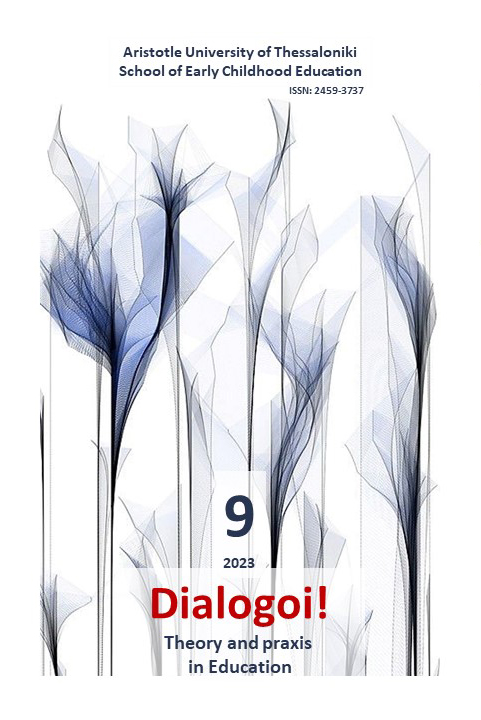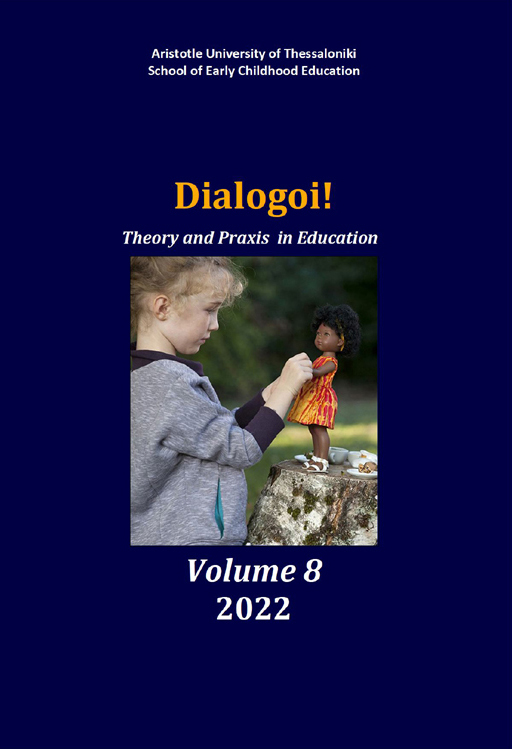Children's literature, philosophical discourse and iconic metaphors: towards refuting nature-culture dichotomy
Abstract
In the context of the global mobilization for a new, ethical approach to the environment, Children’s Literature authors attempted to instill in young readers a post-humanist philosophy, distanced from the ontological and epistemological assumptions that perceive humans as the sole shapers of the world. Based on the premise that illustration serves aesthetic, educational and practical purposes, authors often choose to rely on the text-picture synergy, as well as the close link of iconicity and metaphor, in order to help their readers embed the values of Environmental Ethics and to appreciate Nature. For the purposes of this article, a picture book and a nonfiction informational illustrated book for children that demonstrate the relationship between human bodies and the non-human world through the rizhomatic concept were used as a sample. It is examined which of the two genres succeeds in imparting complex concepts concerning Being and the Ecosystem to children more effectively, helping them to make connections between their Self and Nature. The image-text relationship, the ideological background of the authors and illustrators and whether they took into account the cognitive ability and experience of their readers will be investigated. Additionally, metaphors, tropes and figural language will be also examined, in order to explore the connections between arguments and metaphors and the role of metaphor in the philosophical discourse.
Article Details
- How to Cite
-
Αγγελάκη Ρ.-Τ. (2023). Children’s literature, philosophical discourse and iconic metaphors: towards refuting nature-culture dichotomy. Dialogoi! Theory and Praxis in Education, 9, 161–180. https://doi.org/10.12681/dial.35588
- Issue
- Vol. 9 (2023)
- Section
- Scientific columns

This work is licensed under a Creative Commons Attribution-NonCommercial-ShareAlike 4.0 International License.
Authors who publish with this journal agree to the following terms:
- Authors retain copyright and grant the journal right of first publication with the work simultaneously licensed under a Creative Commons Attribution Non-Commercial License that allows others to share the work with an acknowledgement of the work's authorship and initial publication in this journal.
- Authors are able to enter into separate, additional contractual arrangements for the non-exclusive distribution of the journal's published version of the work (e.g. post it to an institutional repository or publish it in a book), with an acknowledgement of its initial publication in this journal.
- Authors are permitted and encouraged to post their work online (preferably in institutional repositories or on their website) prior to and during the submission process, as it can lead to productive exchanges, as well as earlier and greater citation of published work (See The Effect of Open Access).




